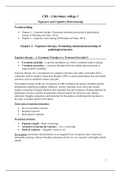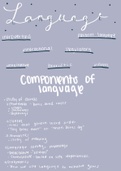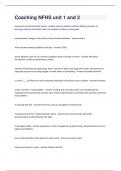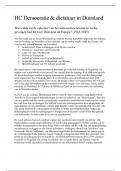Samenvatting
Summary CBI - Literature lecture 1: Exposure therapy & Cognitive restructuring
- Instelling
- Universiteit Leiden (UL)
This document entails a detailed summary of the literature for the first lecture of the CBI course. It discusses the topics of Exposure therapy and Cognitive restructuring. The literature discussed is the following: • Chapter 4 – Exposure therapy: Promoting emotional processing of pathologi...
[Meer zien]








